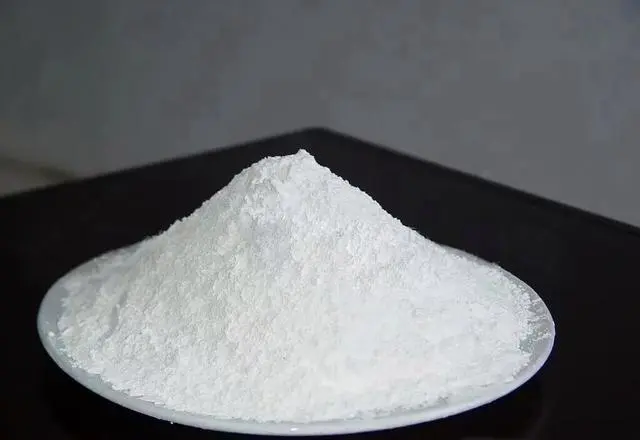Now, the market has mainly heavy, light, activated, and nano calcium carbonate. Heavy and light are the most used.
Many users often have questions. They are all calcium carbonate. So, what is the difference between heavy and light forms?

Production method
We make heavy calcium carbonate by crushing natural minerals. These include calcite, limestone, chalk, and shells. They are crushed into the right sizes. Light calcium carbonate is mainly a powder made from limestone. It is made through several steps: calcination, digestion, carbonization, dehydration, drying, and grading.
Bulk density
In fact, heavy and light calcium have similar density. Heavy calcium is 2.6~2.9g/cm3 and light calcium is 2.4~2.6g/cm3. The main difference lies in the bulk density.
The bulk density of heavy calcium is relatively large, generally 0.8~1.3g/cm3;
The bulk density of light calcium is relatively small, generally 0.5~0.7g/cm3.
Price
Making light calcium involves complex processes like calcination and carbonization. So, its price is usually about 30% higher than that of heavy calcium of the same size.
Particle morphology
Heavy calcium is mainly made by grinding. So, its particles are mainly cube, polygon, or cuboid. Light calcium can take many shapes. These include spindle, cube, needle, chain, sphere, flake, and rhombus. This variety comes from the crystal-form control agent.
Oil absorption value
Heavy calcium has a lower oil absorption value. It’s generally 40-60 mL/100 g. This is due to its large particles, smooth surface, and small specific area.
Light calcium has fine particles. Its surface is rough and has a large area. So, its oil absorption is higher, usually 60-90 mL/100 g.
Powder whiteness
Heavy calcium products are usually 89-93% white due to impurities. Few reach 95% whiteness. Light calcium products are purer. They are typically 92-95% white. Some reach 96-97% whiteness.
Specific surface area
The surface area of ordinary heavy calcium carbonate is about 1m2/g. The area of heavy fine calcium carbonate is 1.45~2.1m2/g.
Ordinary light calcium carbonate has a specific surface area of about 5m2/g. Light fine calcium carbonate has a specific surface area of 27~87m2/g.
Mainstream
From a flow perspective, the microstructure of light calcium is spindle-shaped. Its oil absorption value is relatively large. So, its dry flow is not as good as that of heavy calcium. Generally, adding more than 25 parts in the formula will affect the fluidity of the mixture. In comparison, heavy calcium is lumpy. It makes the mixture flow better. Relaxing some physical properties of the product can add much more heavy calcium.
Moisture content
The moisture content of heavy calcium products is low and stable, generally 0.2%~0.3%;
The moisture content of light calcium ranges from 0.3% to 0.8%.
Application Areas
Different application fields have different quality requirements for calcium carbonate, for example:
Sealants are filled with light calcium. They have good fluidity and high hardness. Heavy calcium has slightly lower hardness.
Light calcium has more advantages for making paper whiter. High-end cigarette paper, thermal paper, and lightweight paper prefer light calcium.
Plastics flow better. This is true for stretch products. These include polypropylene woven bags, cloth, and packaging tapes. The flow is improved due to heavy calcium. It is also much cheaper than light calcium. So, heavy calcium is much better for these stretch products.
Rubber: Light calcium half-reinforces. It makes vulcanized rubber it fills a bit better than heavy calcium .
